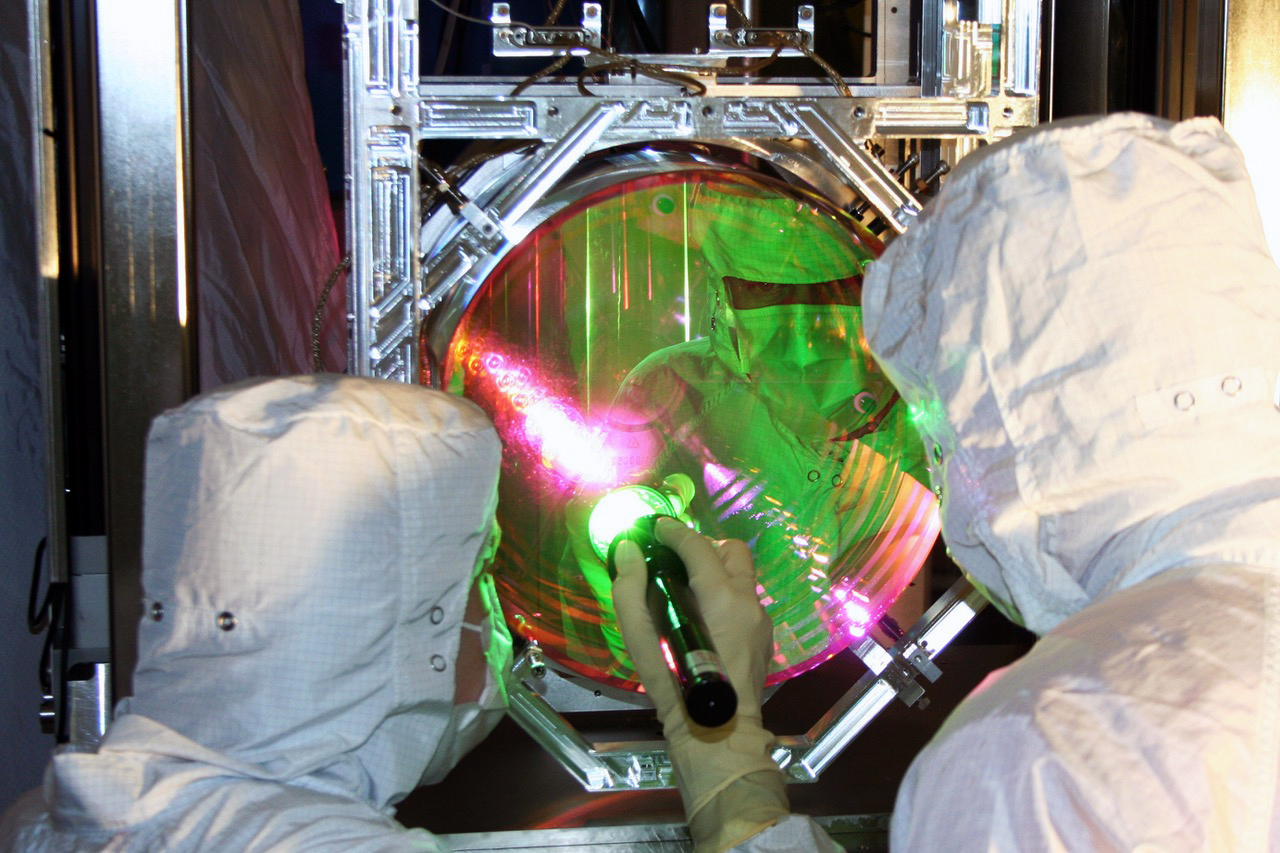Developing drones to address pandemic-related challenges in Scandinavia
After meeting in an Advanced Study Program at MIT, three Norwegian students began working together to transport biological samples using autonomous vehicles.
A unique collaboration with US Special Operations Command
Nearly 300 government and military members participated in a new course designed to explore the next generation of artificial intelligence and related technologies.
Physicists bring human-scale object to near standstill, reaching a quantum state
The results open possibilities for studying gravity’s effects on relatively large objects in quantum states.
Uncovering the mysteries of milk
PhD student Sarah Nyquist applies computational methods to understudied areas of reproductive health, such as the cellular composition of breast milk.
Clearing the way toward robust quantum computing
MIT researchers make a major advance toward fully realizing quantum computation.
The new wave of robotic automation
Peter Howard SM ’84 is the CEO of Realtime Robotics, a startup transforming autonomous robot motion planning to enable seamless, affordable human-robot collaboration.
Queen of hearts
Professor Laurie Boyer studies cardiac development, and how we might be able to mend broken hearts.
Unlocking the potential of blockchain technology
Algorand uses a unique architecture developed by MIT Professor Silvio Micali to offer a decentralized, secure, and scalable blockchain.
Karthish Manthiram named 2021 Camille Dreyfus Teacher-Scholar
Assistant professor receives honor for young academics who combine outstanding teaching with impressive independent scholarship in the chemical sciences.
Creating “digital twins” at scale
Model could help predictive virtual models become standard practice in engineering.









